Golf is a game of precision, focus, and mental fortitude. Despite its serene surroundings and leisurely pace, the sport can sometimes throw players into a whirlpool of frustration. One of the most perplexing phenomena in golf is known as the yips. For those unfamiliar, the yips often manifest as involuntary muscle spasms or tremors during crucial moments, leading to erratic swings and missed putts. In this guide, we’ll delve deep into the nature of the yips, how it affects golfers, and practical strategies to manage or overcome this challenge.
What Are the Yips?
The yips typically surface when a golfer is about to make a critical shot—often during putting or chipping. While it can affect players at any level, it’s most commonly observed in those who have been in the game for years. The symptoms can include:
- Twitching or jerking movements: These are involuntary muscle contractions affecting a smooth swing or stroke.
- Anxiety or fear: The anticipation of hitting a poor shot can escalate the physical symptoms.
- Loss of coordination: A breakdown in the fluidity of the motion, leading to inconsistent ball striking.
Who Experiences the Yips?
The yips can occur to anyone—professional players, amateurs, and even young talent. Some of the most famous round-hole players have faced this issue, emphasizing that it transcends skill level. For instance:
- Ben Hogan famously struggled with putting yips early in his career.
- Bernhard Langer, a two-time Masters champion, has openly discussed his battles with the yips and how they affected his putting technique.
Causes of the Yips
Identifying the root cause of the yips is often complex and multifaceted, involving both physical and psychological elements. Here are some of the most recognized causes:
1. Psychological Factors
- Performance Anxiety: The pressure of competition can lead to heightened anxiety, contributing to muscle tension.
- Overthinking: Golf requires a delicate balance of strategy and execution. When players begin to overanalyze their movements, it can disrupt their natural flow.
2. Physical Factors
- Muscle Tension: Stress and anxiety can lead to tightened muscles, hindering a smooth swing and causing tremors.
- Neuromuscular Coordination: Disruption in the brain’s signals to the muscles can lead to involuntary movements.
3. External Factors
- Environmental Conditions: Wind, shadows, and crowd noise can heighten tension and exacerbate the yips.
- Equipment Issues: Sometimes, a change in clubs or putter can make a player feel uncomfortable, triggering this phenomenon.
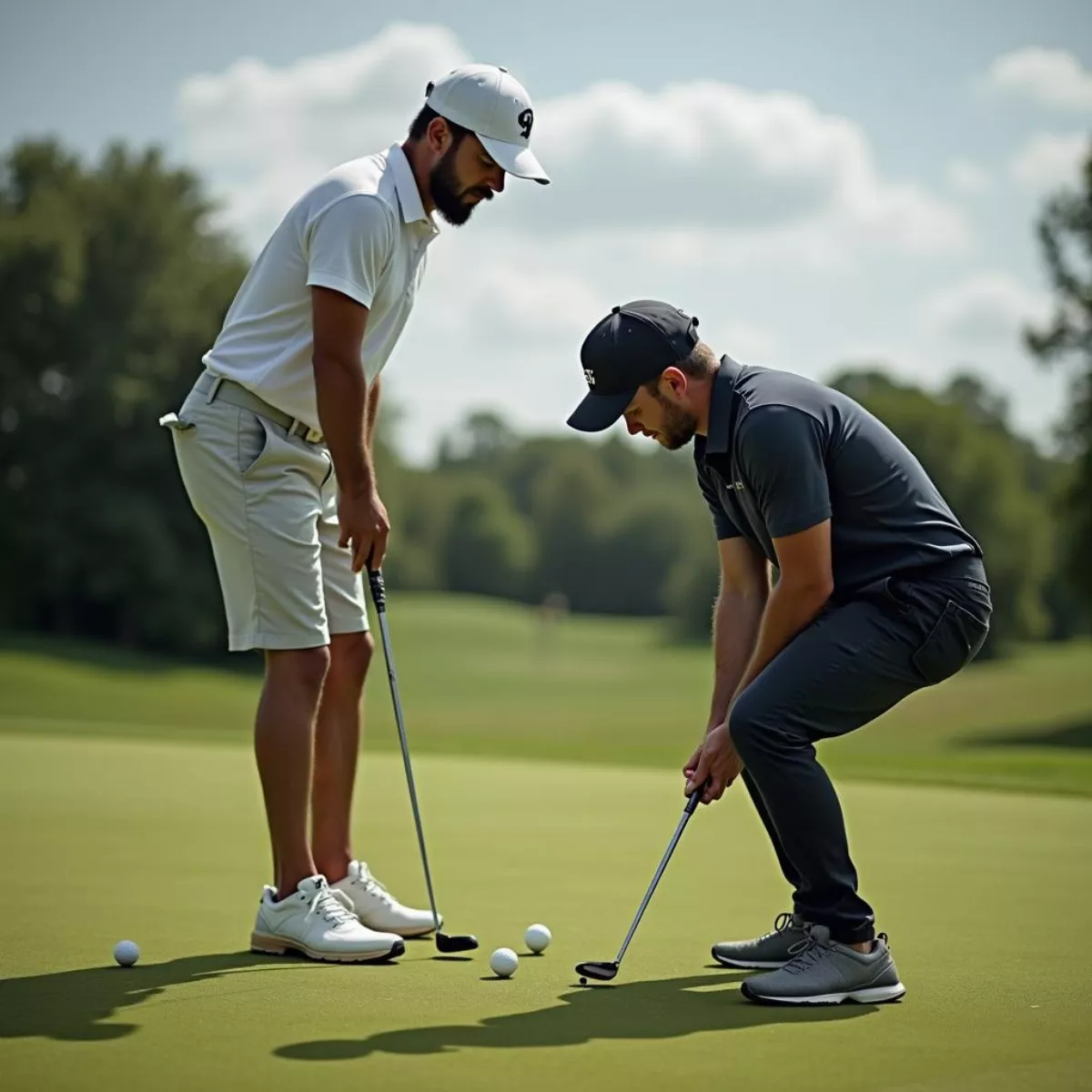 Golfer Experiencing Yips During Putt
Golfer Experiencing Yips During Putt
How the Yips Affect Your Game
The yips can have a drastic impact on both performance and overall enjoyment of the game. Here’s a breakdown of potential consequences:
- Increased Frustration: Missed putts or poor chip shots due to the yips can lead to frustration, potentially affecting other areas of play.
- Reduced Confidence: Continuous struggle with the yips can erode a golfer’s confidence over time, creating a vicious cycle.
- Mental Block: In severe cases, players may develop a mental block around certain shots, avoiding them altogether.
Overcoming the Yips: Tips and Techniques
While experiencing the yips can feel disheartening, there are various strategies that golfers can adopt to reclaim their game. Below, we’ll outline several effective methods.
1. Practice Relaxation Techniques
- Breathing Exercises: Deep, controlled breathing can help alleviate anxiety. Try inhaling for a count of four, holding for four, and exhaling for another four.
- Visualization: Picture a successful shot in your mind before taking it. This mental rehearsal can create a sense of calm.
2. Change Your Routine
- Modify Your Grip: Sometimes, a simple change in grip can refresh your approach and alleviate tension.
- Use a Different Putter: Switching to a heavier or lighter putter can alter your feel and break the yips cycle.
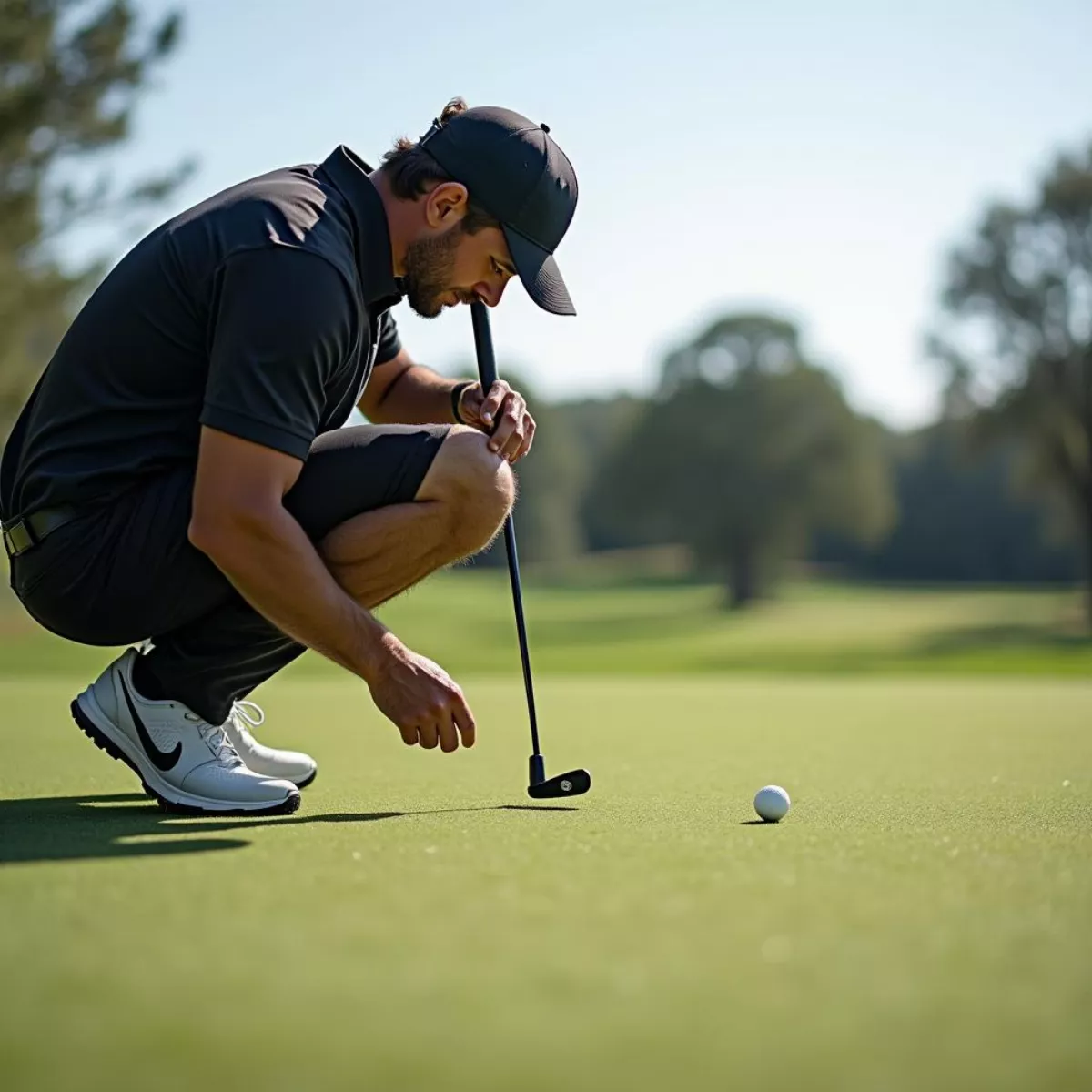 Golfer Practicing Putting Drills
Golfer Practicing Putting Drills
3. Seek Professional Help
Working with a golf instructor or a sports psychologist can provide targeted help. They can offer:
- Personalized Guidance: Individual assessments to identify specific areas of difficulty.
- Cognitive Training: Techniques to bolster mental toughness and reduce anxiety.
4. Practice, Practice, Practice
Focus on putting drills that allow for repetition in a relaxed environment. A few suggestions include:
- Short Putts First: Start on short, manageable putts before progressing to longer ones.
- Simulate Pressure: Use friends or a timer to add a sense of pressure to practice sessions without the stakes of an actual game.
5. Acceptance is Key
Acknowledging that you’re experiencing the yips can sometimes serve as a release. Accepting the moment allows players to focus more on recovery rather than the fear of failure.
Key Takeaways
- The yips are involuntary movements or tremors that can disrupt a golfer’s stroke, especially during putting.
- Multiple factors contribute to the yips, including psychological aspects, muscle tension, and environmental conditions.
- Key strategies to manage the yips include relaxation techniques, altering practice routines, seeking professional guidance, and acceptance.
- Overcoming the yips is a gradual process—patience and consistent effort are essential.
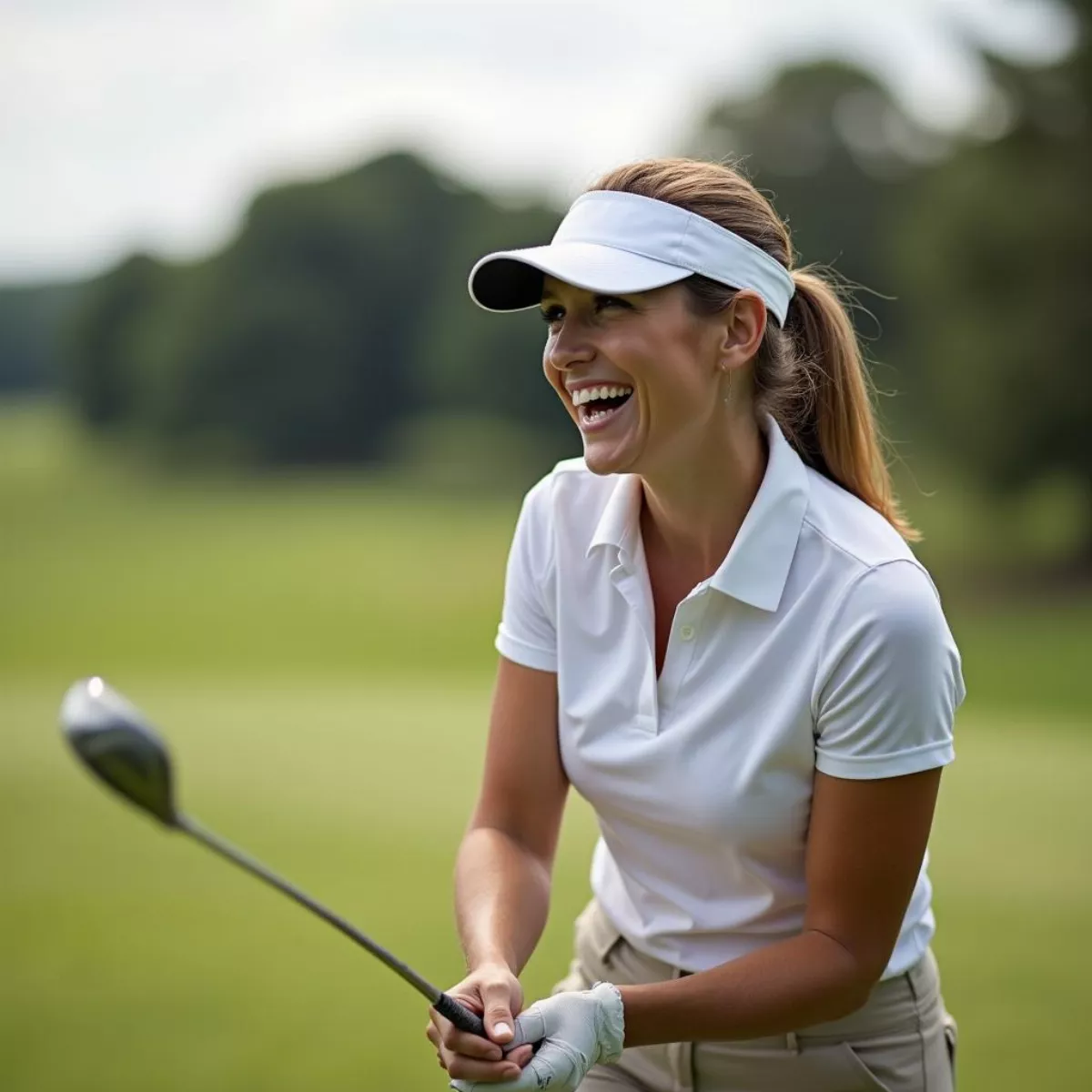 Golfer Enjoying a Round of Golf
Golfer Enjoying a Round of Golf
Frequently Asked Questions (FAQs)
What are the yips in golf?
The yips refer to involuntary movements or spasms that disrupt a golfer’s stroke, often affecting putting and chipping.
Who is most affected by the yips?
Any golfer can experience the yips, but it’s commonly seen in professional players, including legends like Ben Hogan and Bernhard Langer.
What causes the yips?
The causes of the yips are complex and can involve psychological factors (like performance anxiety), physical issues (like muscle tension), and even environmental distractions.
How can I overcome the yips?
Effective strategies include practicing relaxation techniques, changing your grip or putter, seeking professional help, and engaging in consistent practice.
Is there a permanent solution to the yips?
While there is no guaranteed permanent solution, many golfers find relief through specific techniques tailored to their needs. Persistence and patience are crucial.
Can the yips occur in areas outside of putting?
Yes, while predominantly linked to putting, the yips can also affect chipping and even full swings.
Should I avoid competitive play if I have the yips?
While competition may exacerbate anxiety, gradual exposure through casual rounds with friends can help build confidence without the pressure.
How long does it take to overcome the yips?
The time it takes to overcome the yips varies among individuals and depends significantly on the severity of the issue and the strategies employed.
Can relaxation techniques truly help with the yips?
Yes, breathing exercises and visualization can help mitigate anxiety, leading to a calmer mindset when addressing the yips.
Is it common for professional golfers to discuss their experiences with yips?
Yes, many professional golfers openly discuss their experiences and challenges with the yips, advocating for awareness and understanding of the issue.
Understanding the yips is crucial for any golfer seeking to improve their game. Armed with knowledge, strategies, and the right mindset, you can work towards overcoming this challenge, rediscovering your love for the game, and achieving the performance you know you’re capable of. Whether you are a seasoned pro or a weekend warrior, fostering resilience and embracing the journey is what golf is all about. Happy golfing!
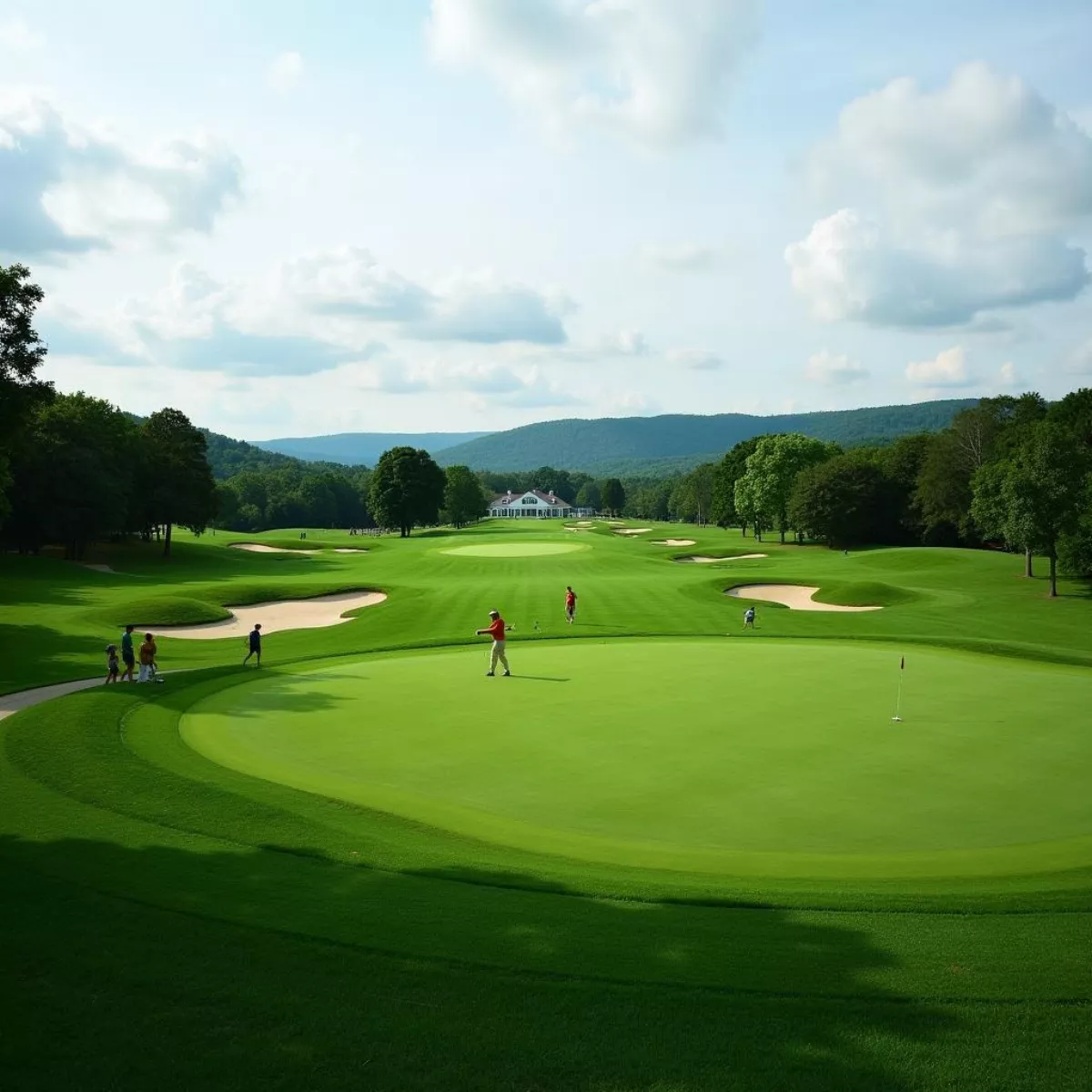
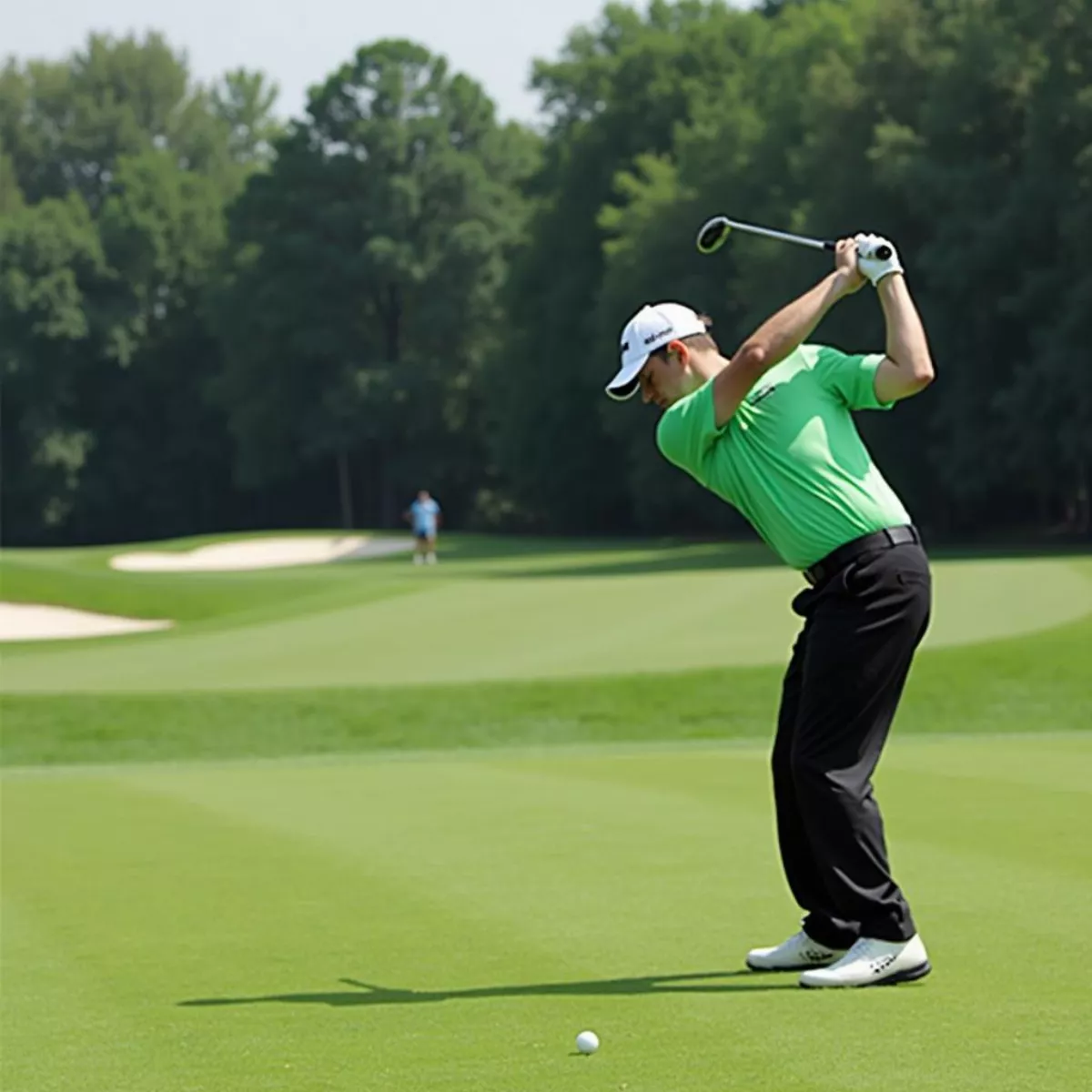 Golfer Teeing Off at Hominy Hill
Golfer Teeing Off at Hominy Hill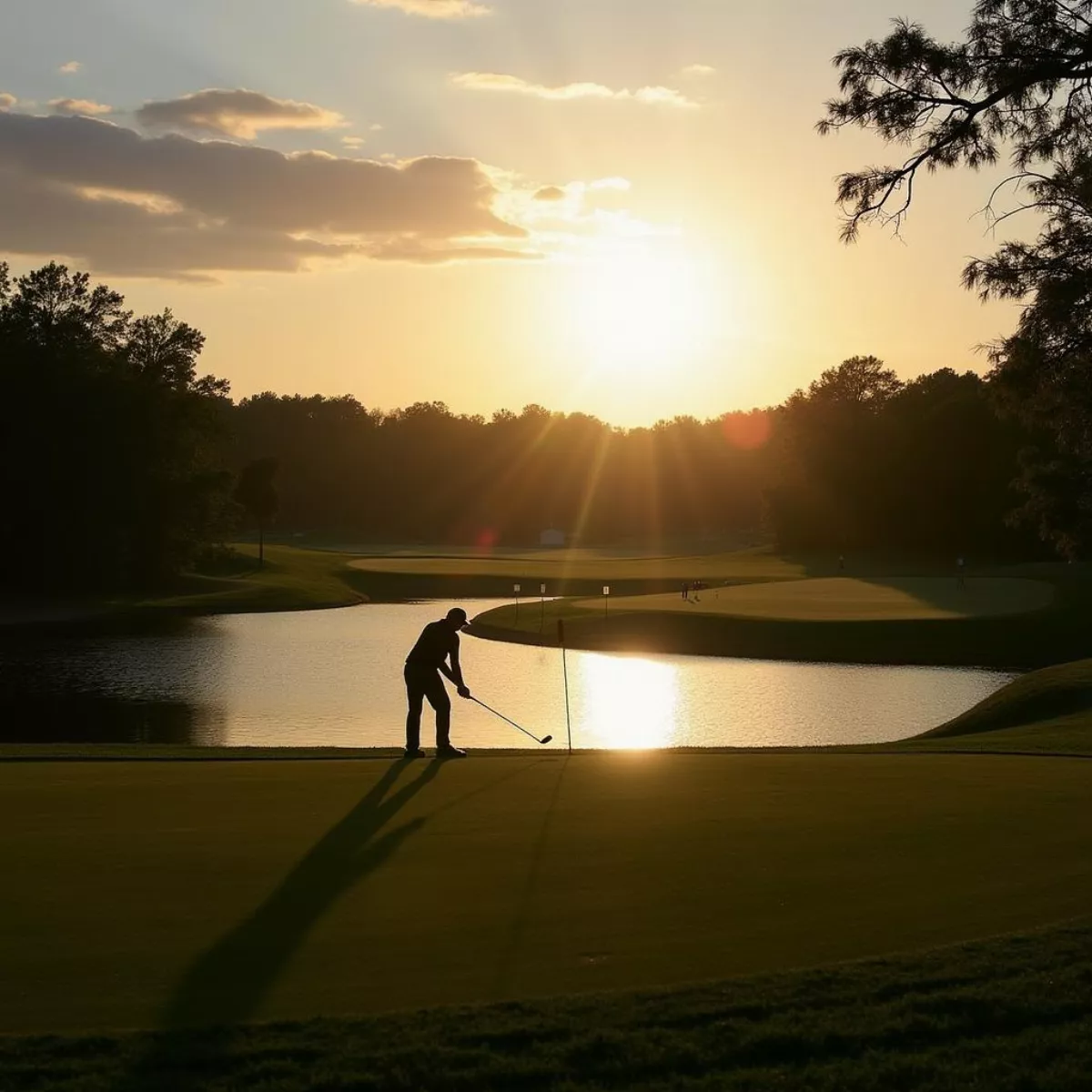 Hominy Hill 16th Hole at Sunset
Hominy Hill 16th Hole at Sunset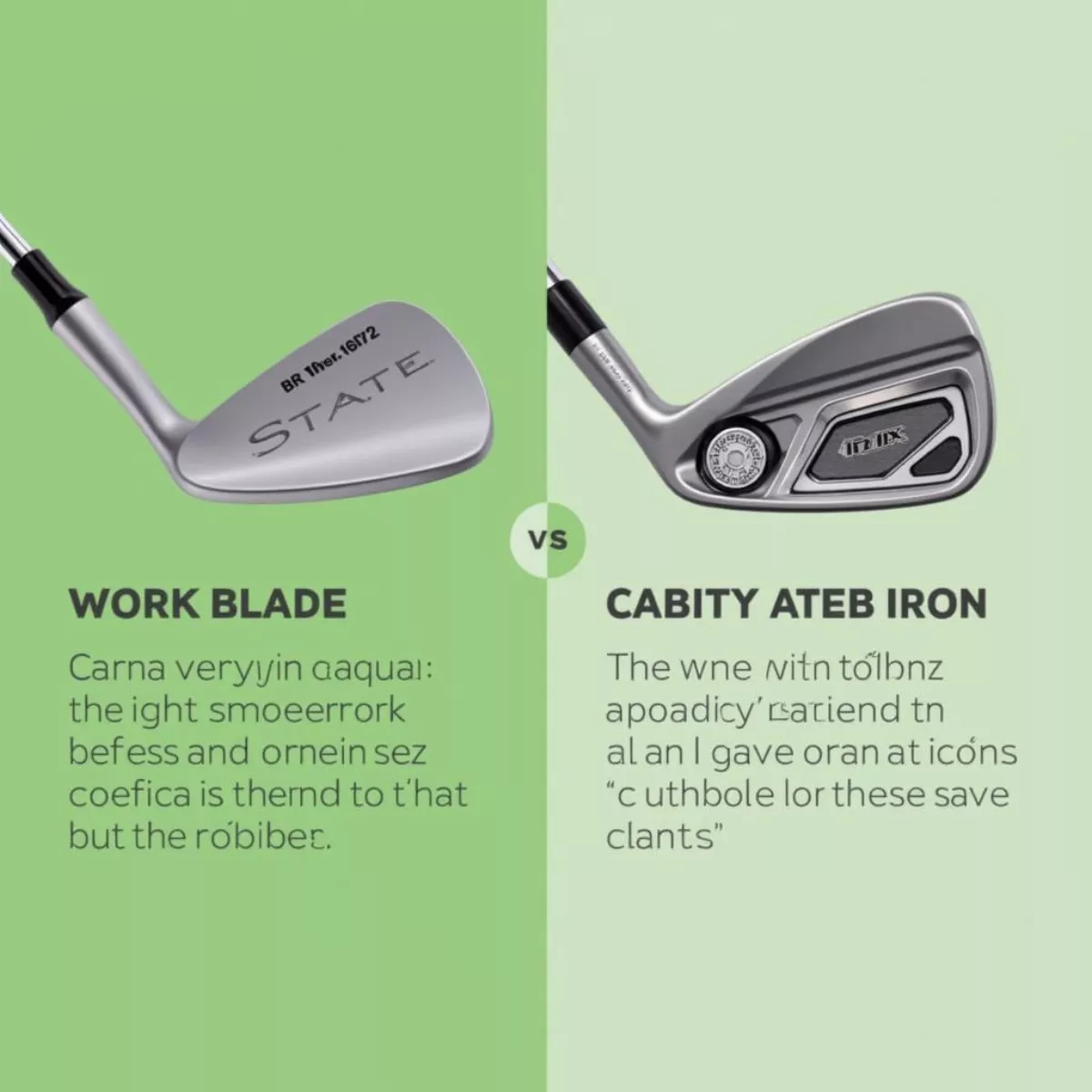
 Golfer Using a Golf Blade
Golfer Using a Golf Blade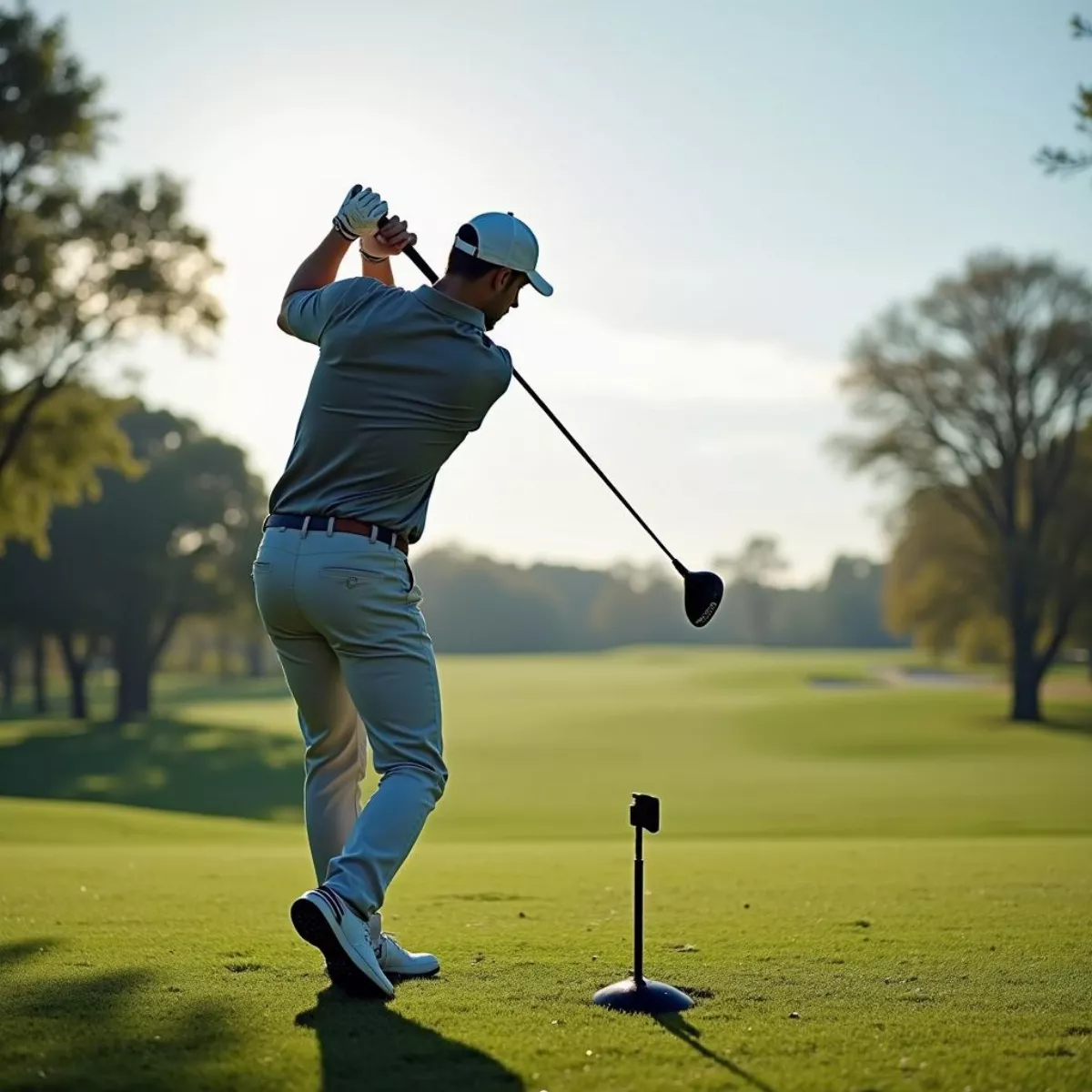 Golfer Teeing Off with an Iron
Golfer Teeing Off with an Iron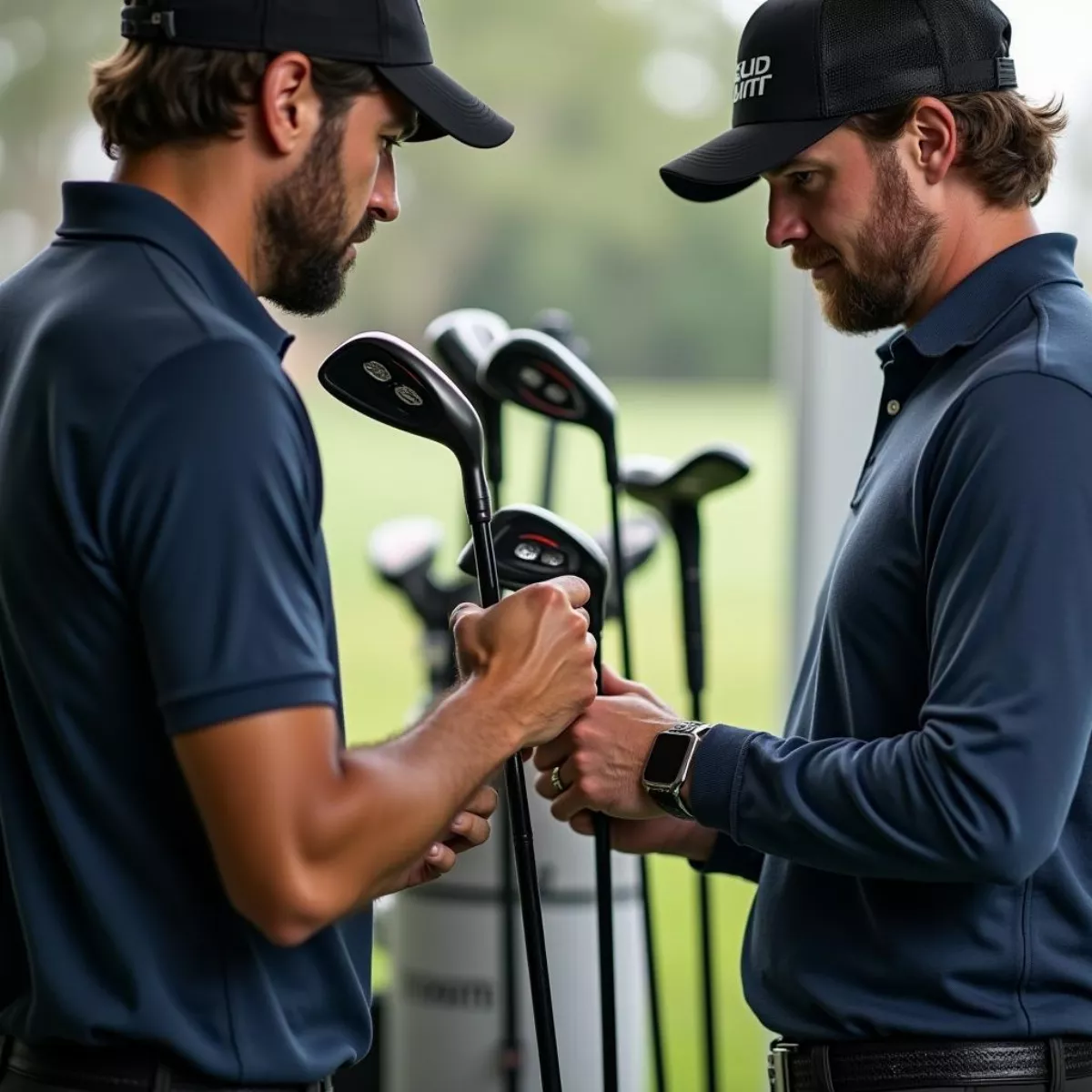 Golf Club Fitting Session
Golf Club Fitting Session
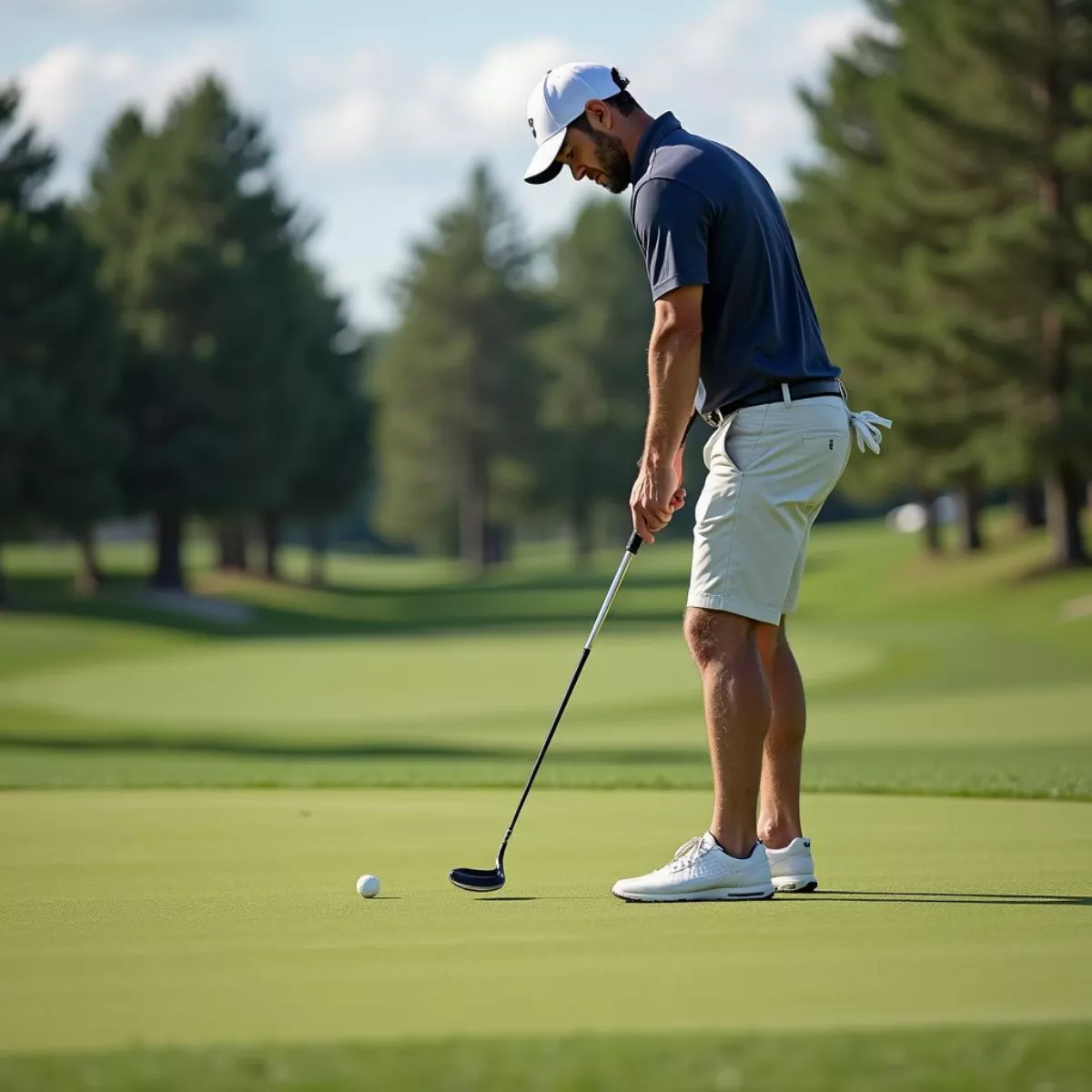 Golfer practicing their short game on a putting green
Golfer practicing their short game on a putting green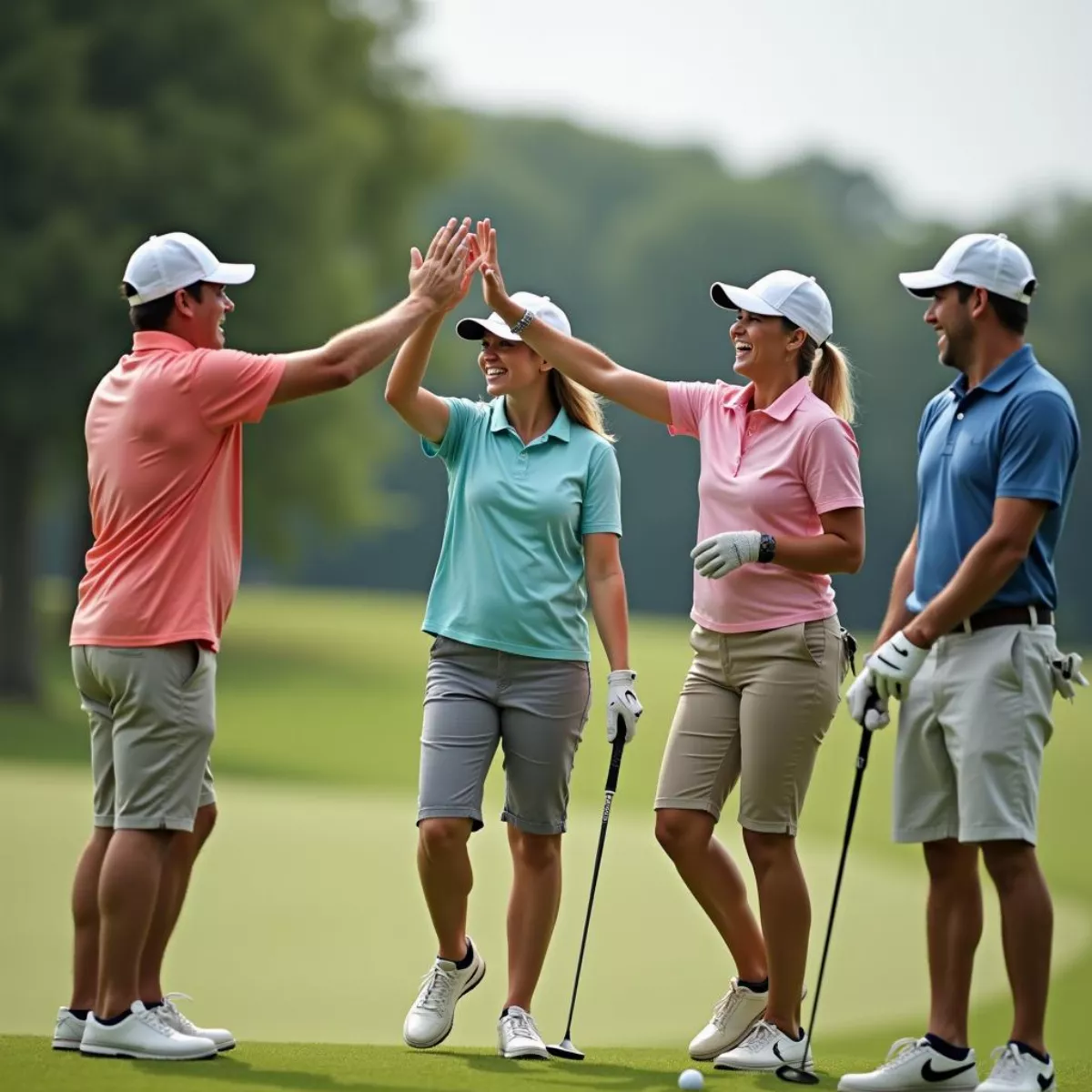 Amateur golfers celebrating a successful shot
Amateur golfers celebrating a successful shot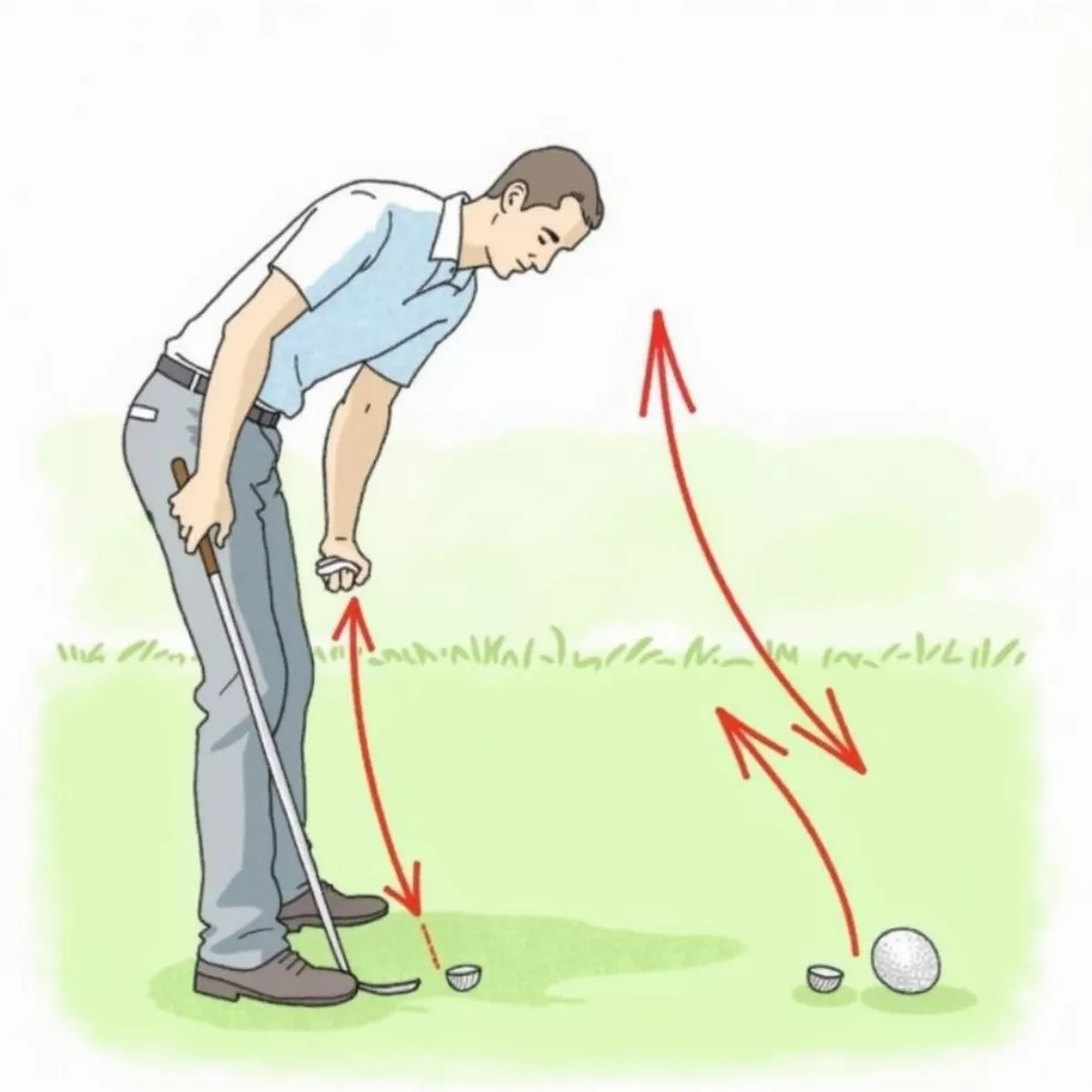
 Golf Course Situations for Fade and Draw Shots
Golf Course Situations for Fade and Draw Shots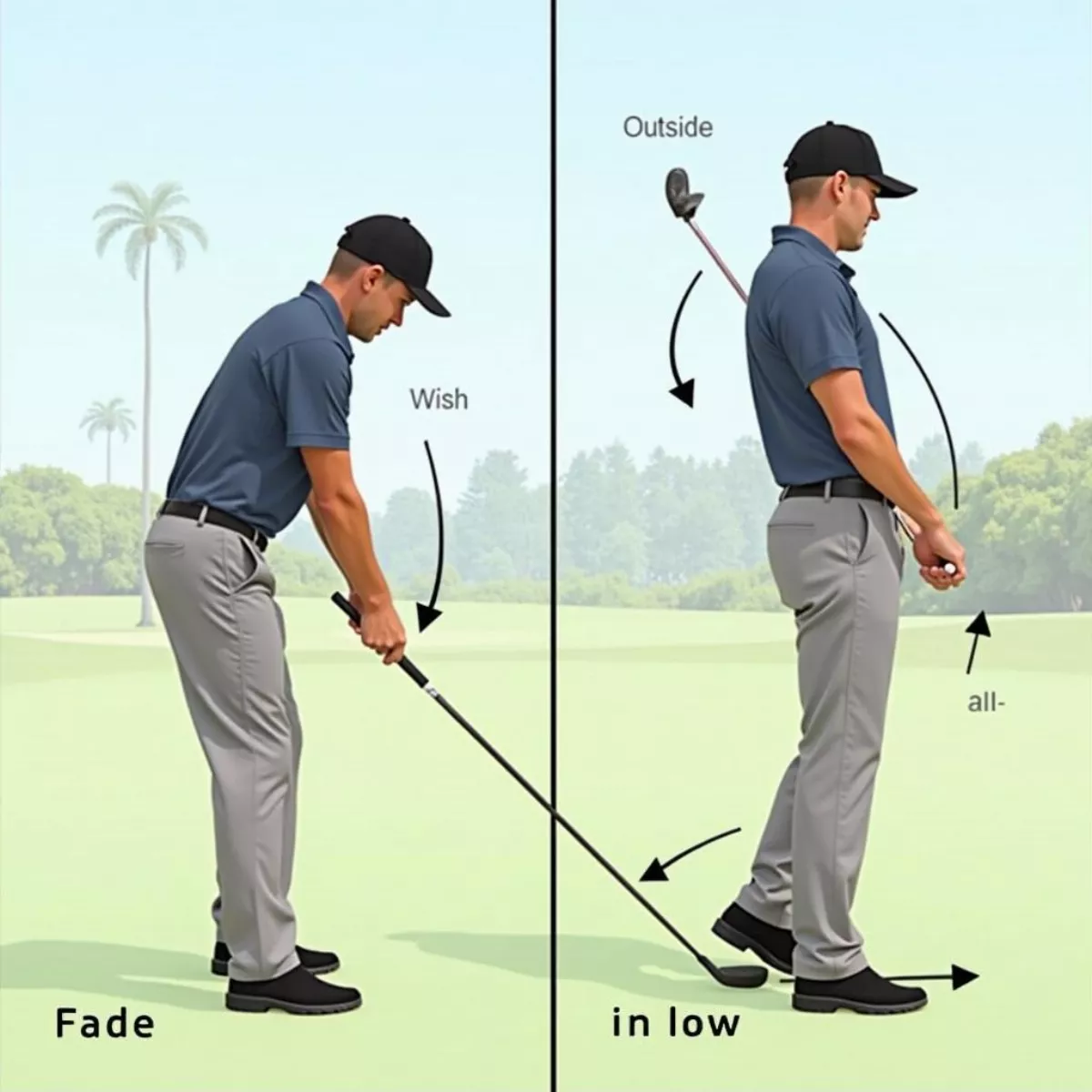 Golfer Executing Fade and Draw Shots
Golfer Executing Fade and Draw Shots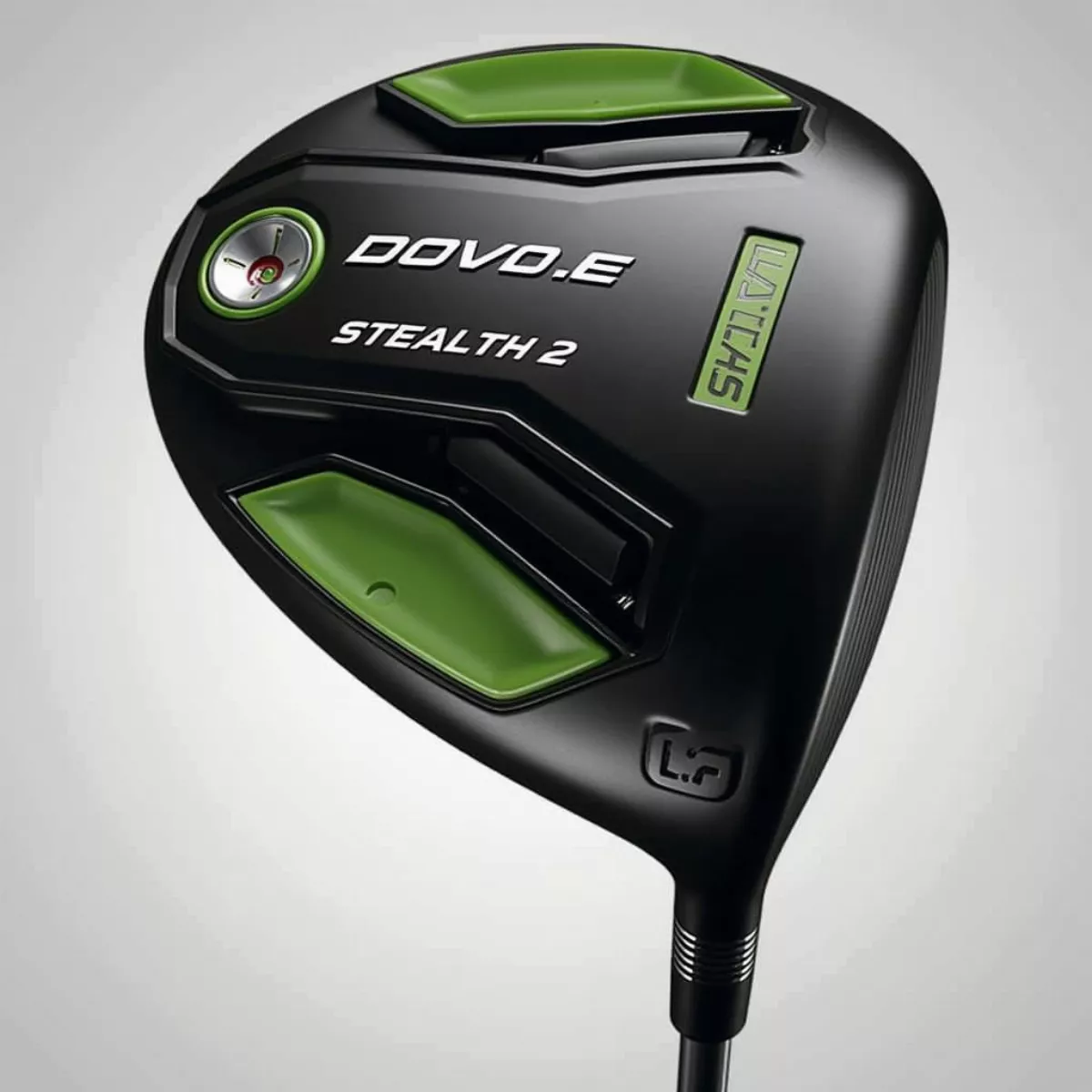
 Ping G425 Max Driver Address View
Ping G425 Max Driver Address View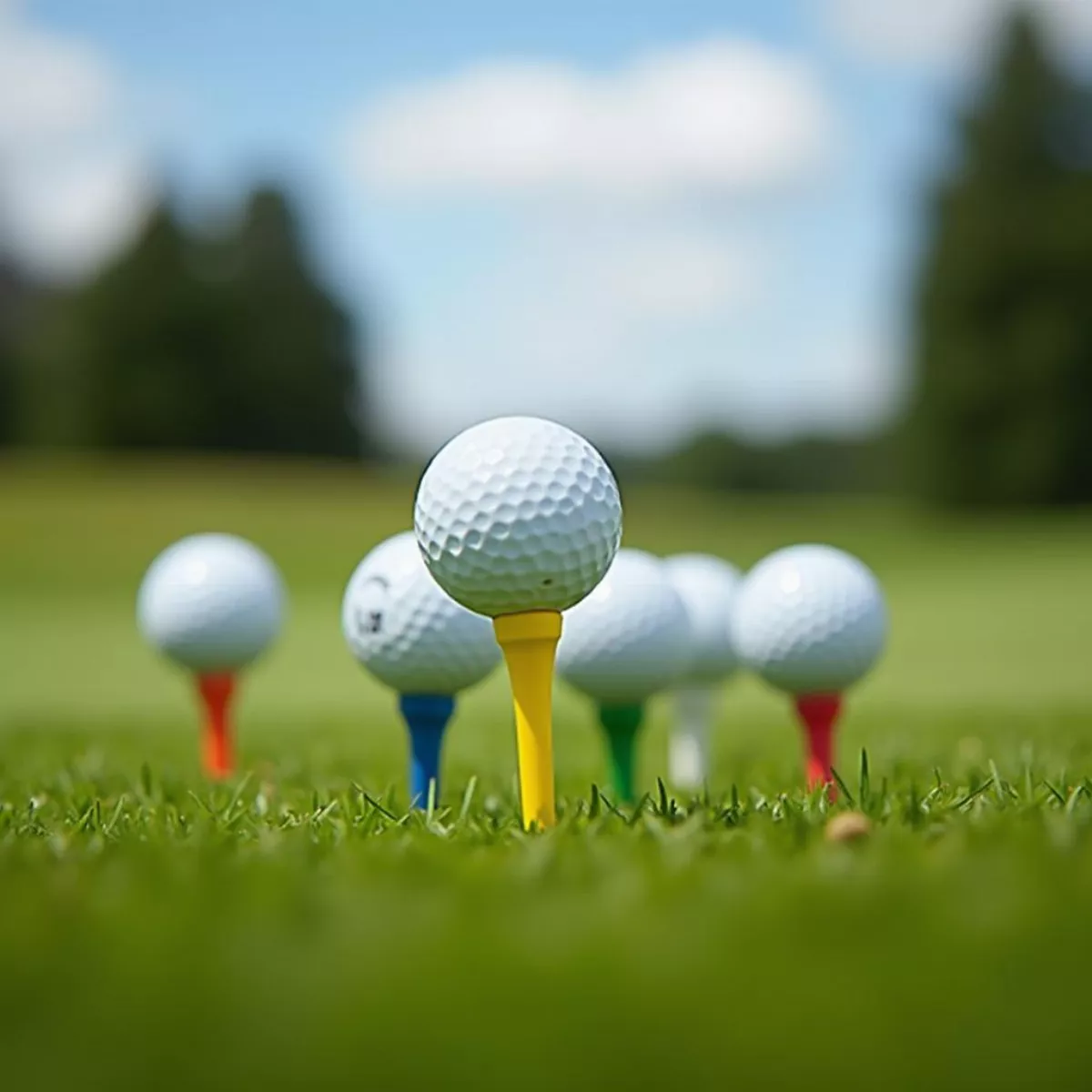 Golf Balls on Tee
Golf Balls on Tee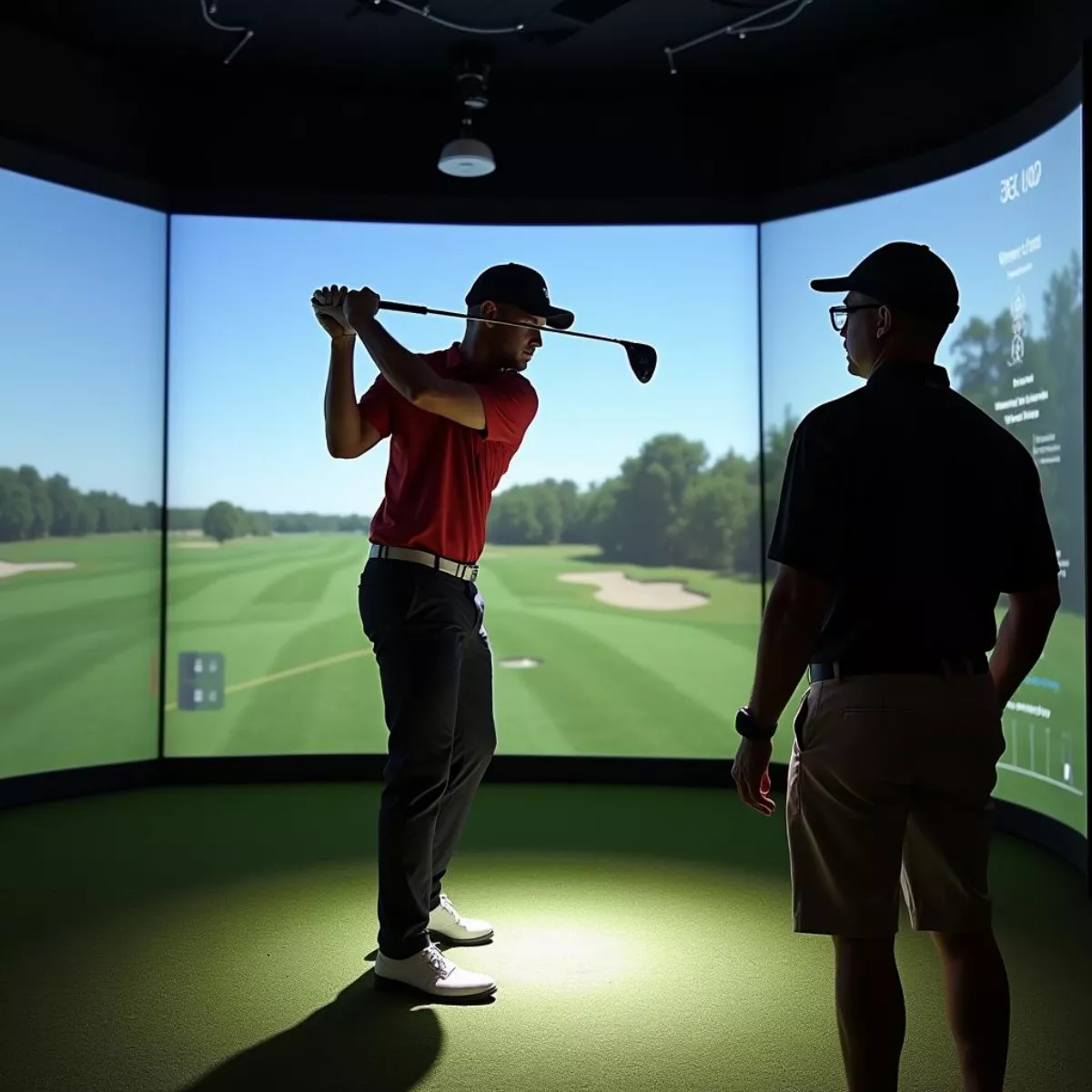 Golfer Getting Fitted for Driver
Golfer Getting Fitted for Driver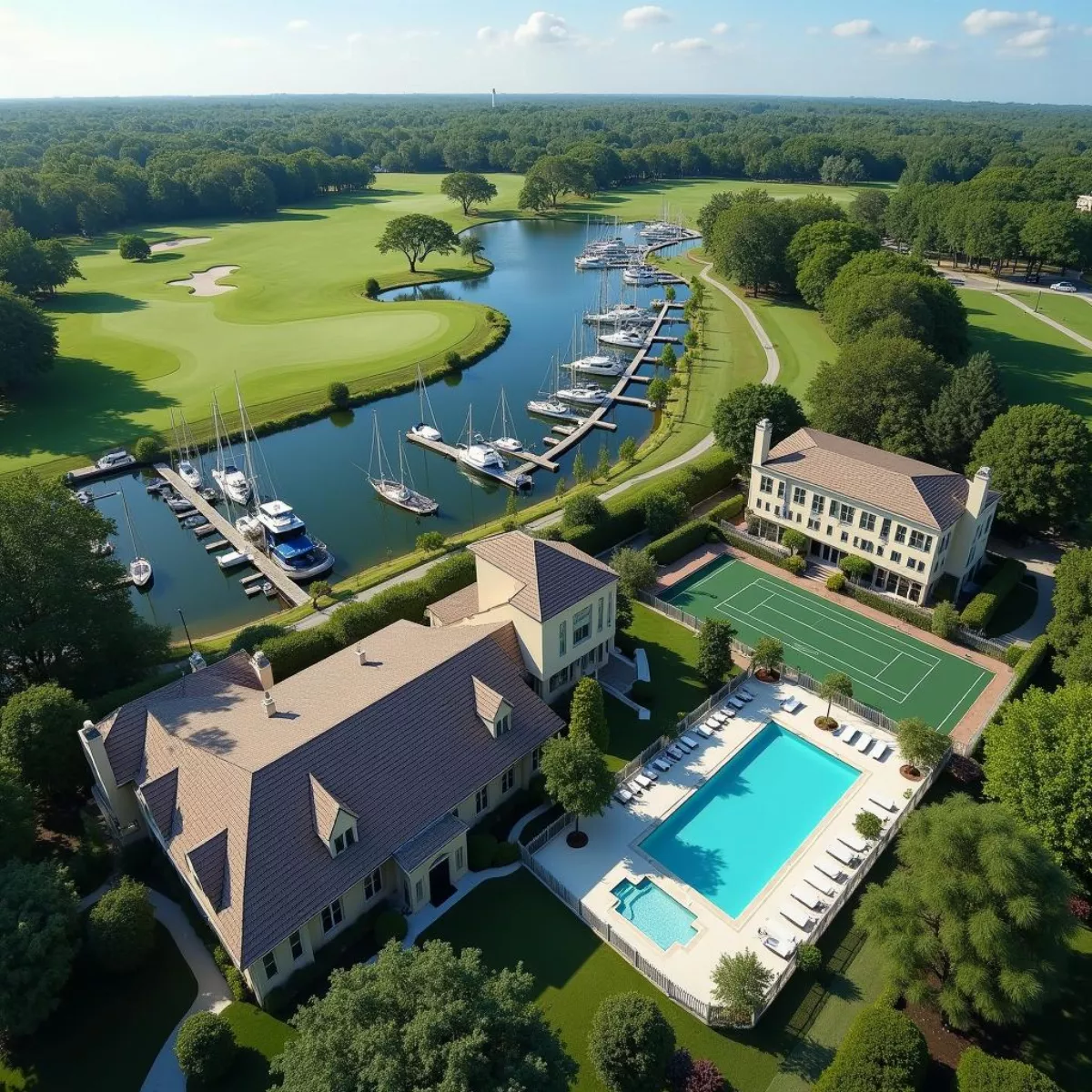
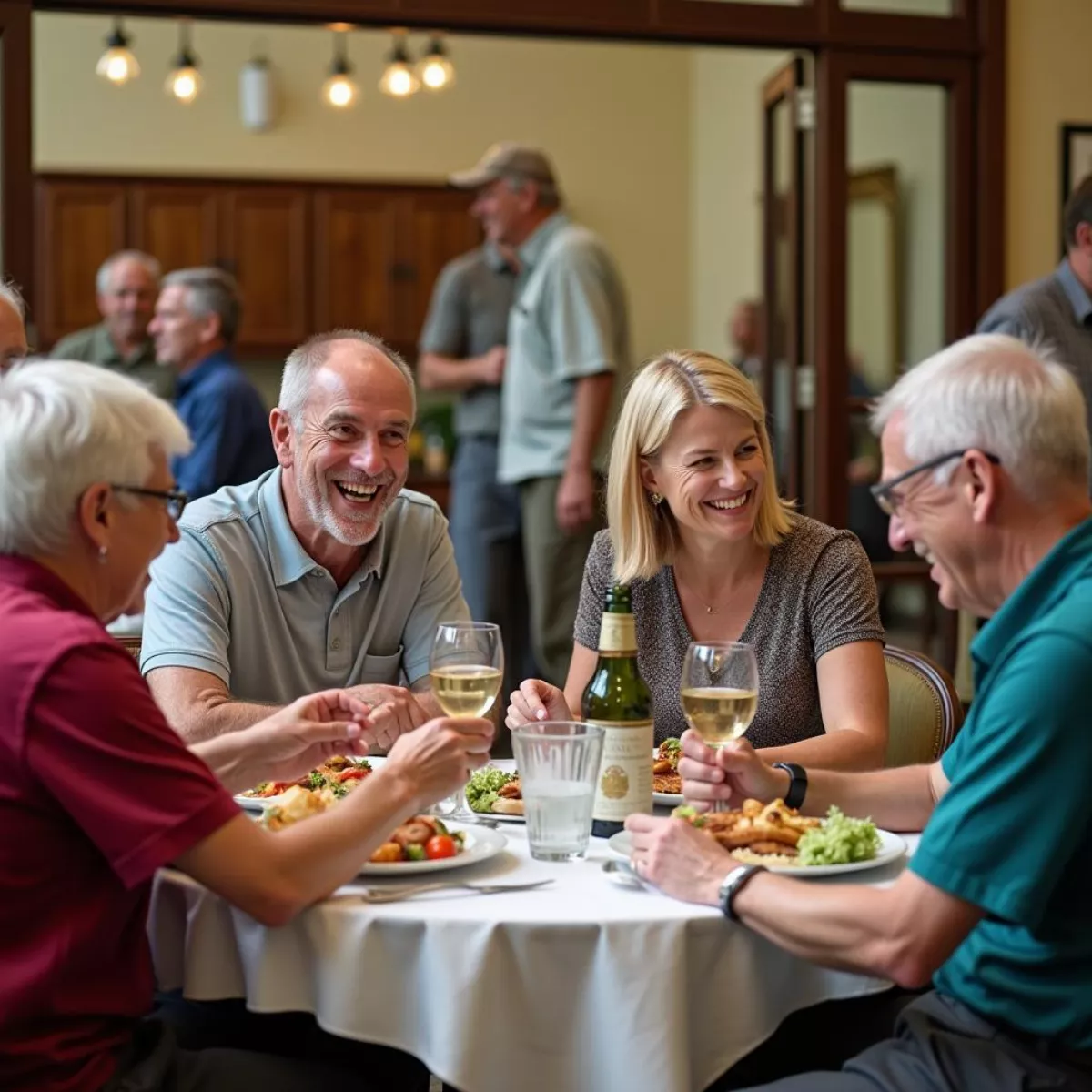 Heath Golf and Yacht Club Membership Benefits
Heath Golf and Yacht Club Membership Benefits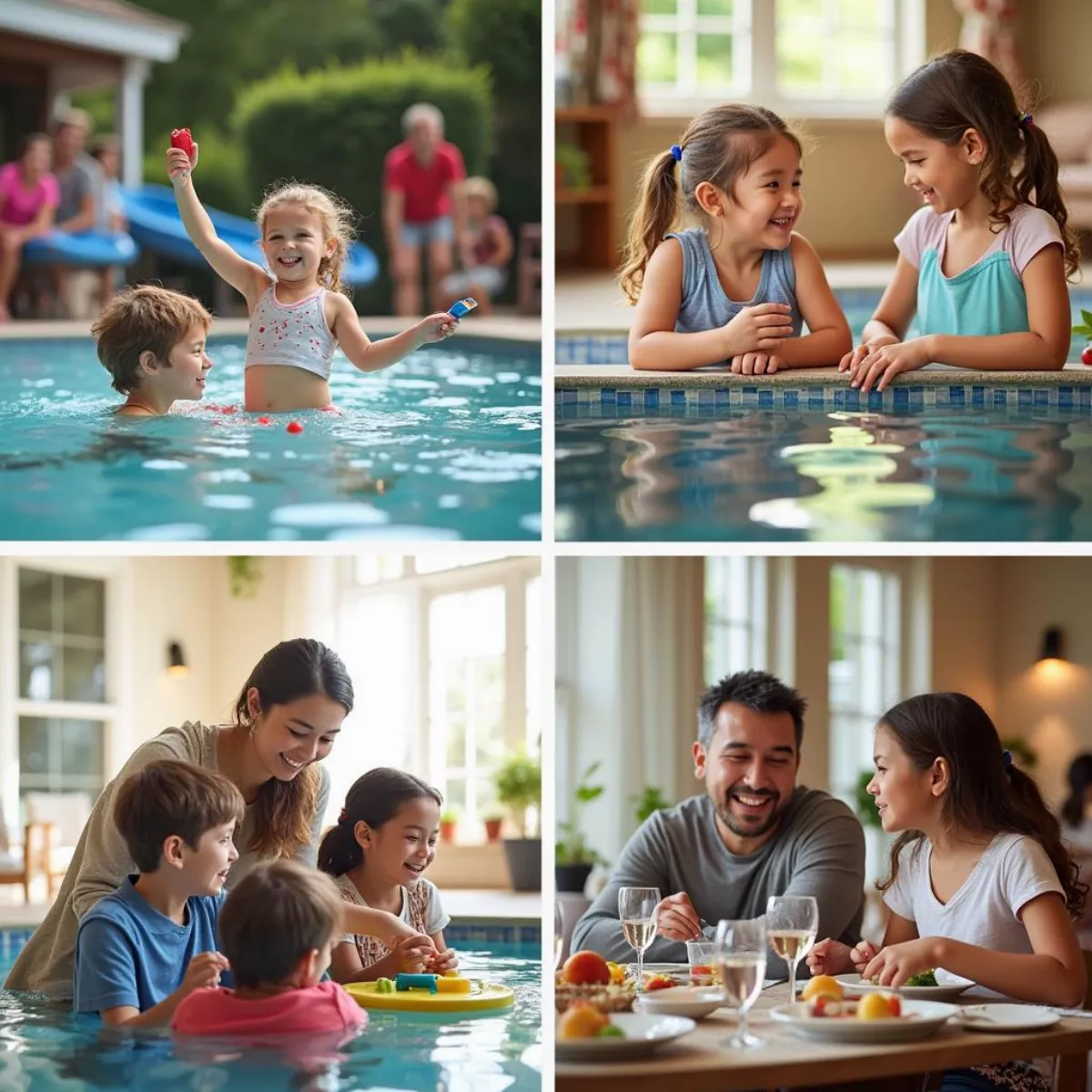 Heath Golf and Yacht Club Family Activities
Heath Golf and Yacht Club Family Activities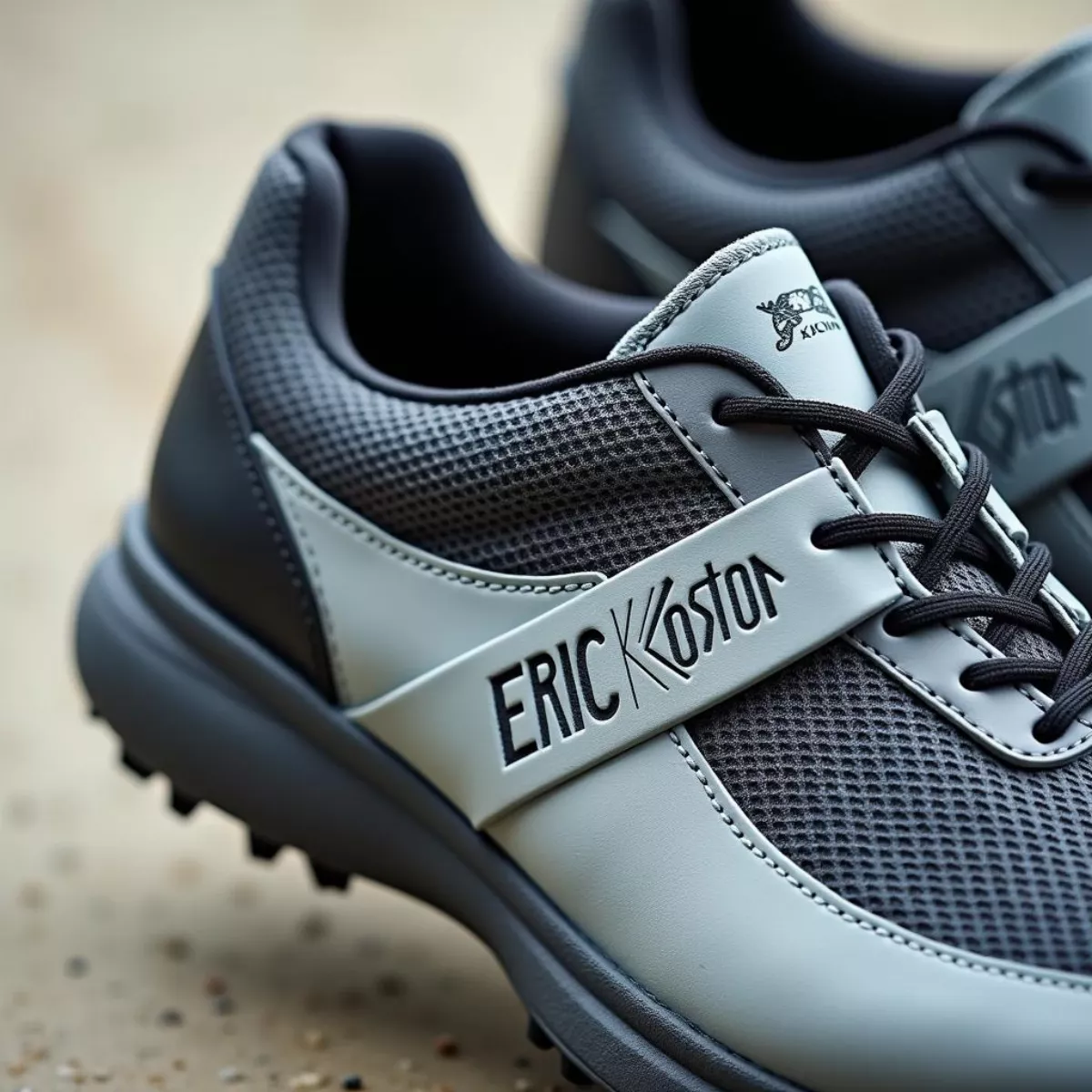
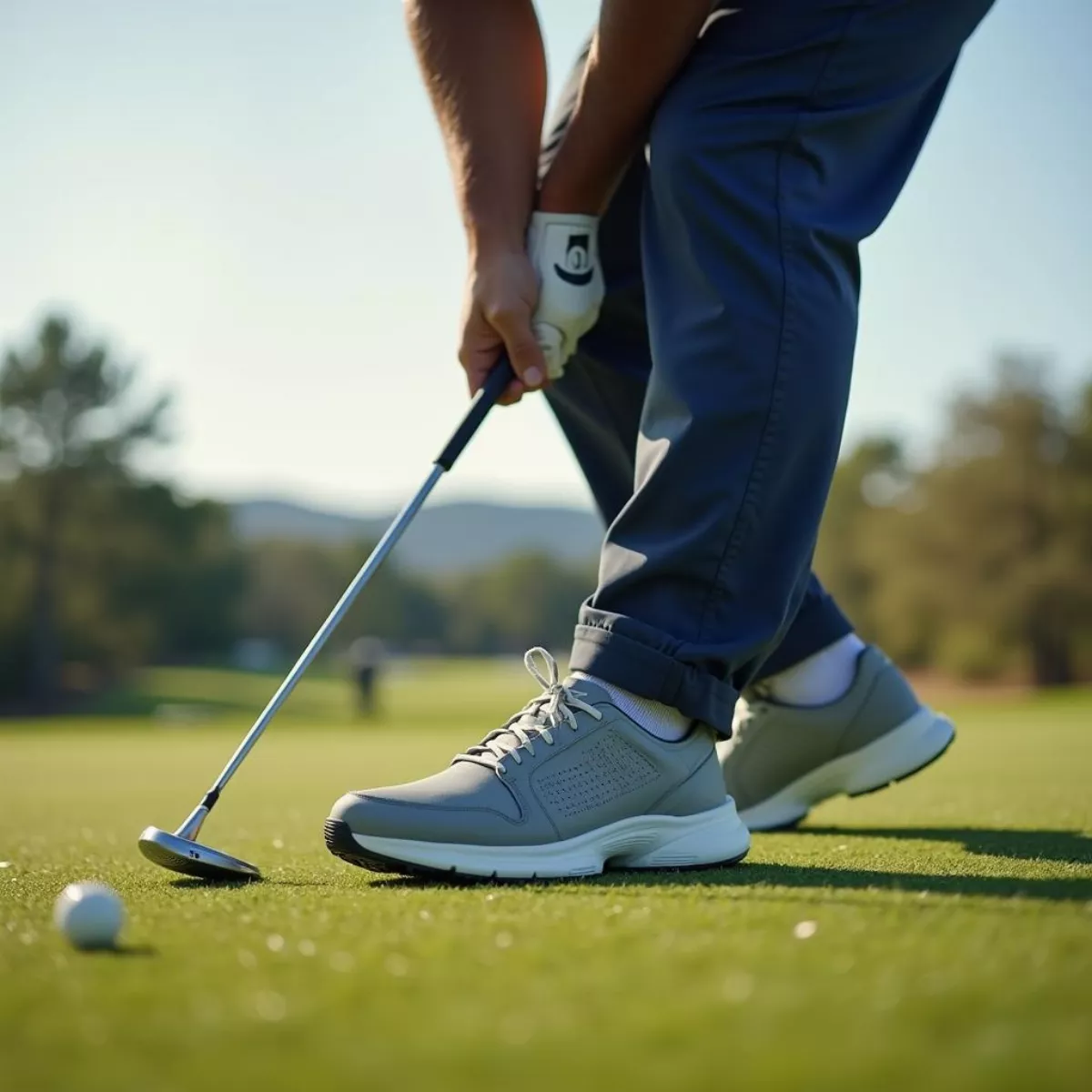 Golfer Wearing Eric Koston Shoes During Swing
Golfer Wearing Eric Koston Shoes During Swing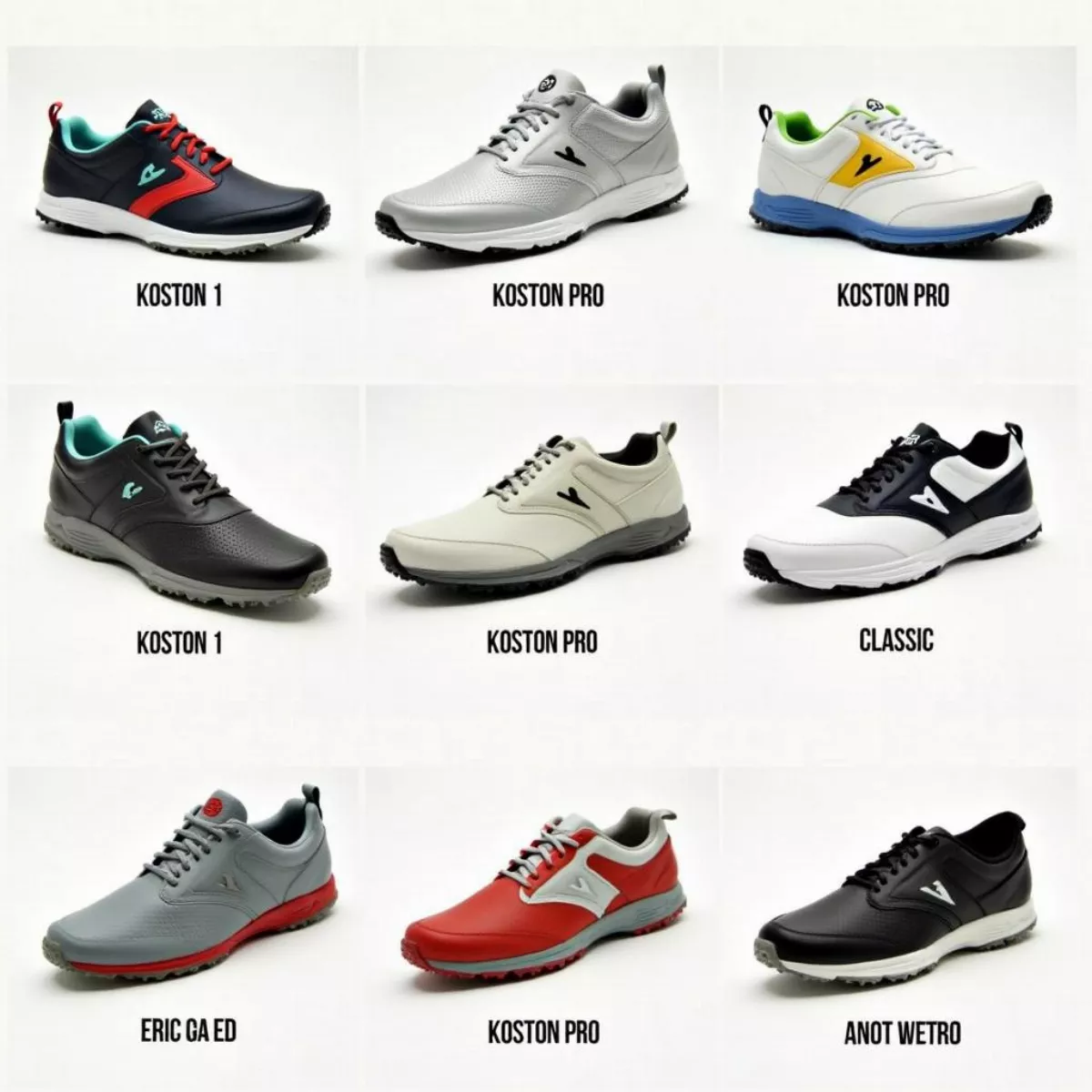 Various Eric Koston Golf Shoe Models
Various Eric Koston Golf Shoe Models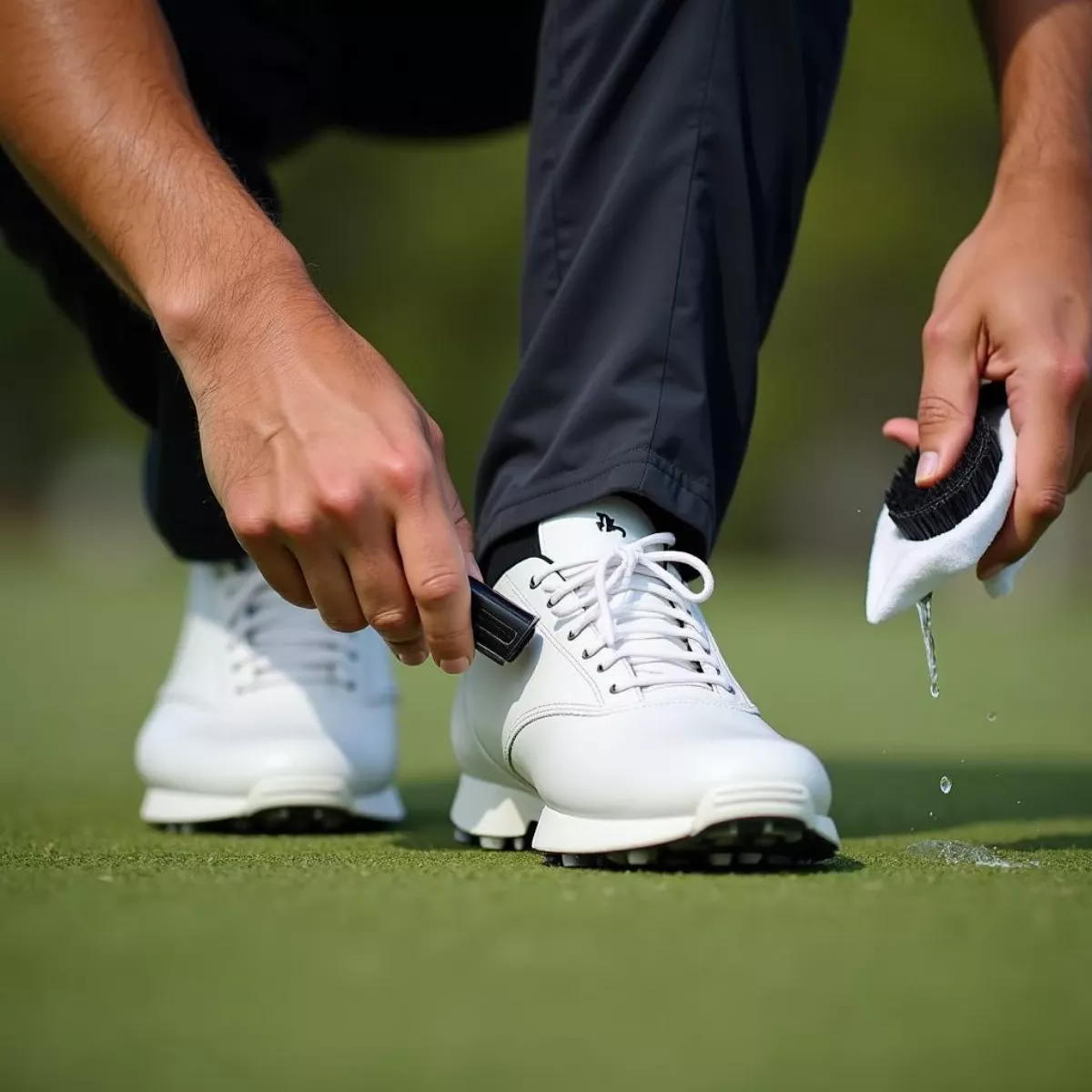 Cleaning Eric Koston Golf Shoes
Cleaning Eric Koston Golf Shoes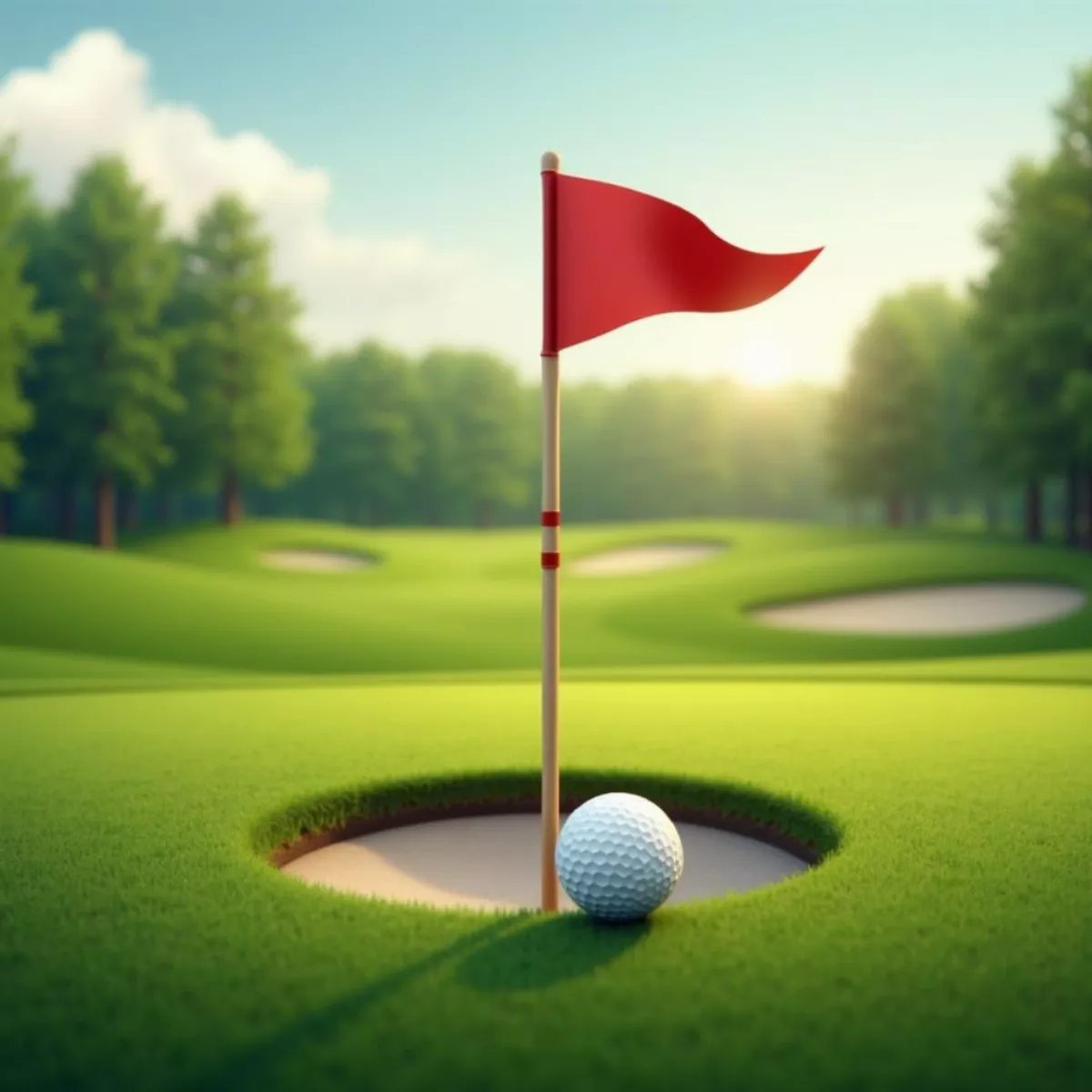
 Golfer Planning Shot with Course Map
Golfer Planning Shot with Course Map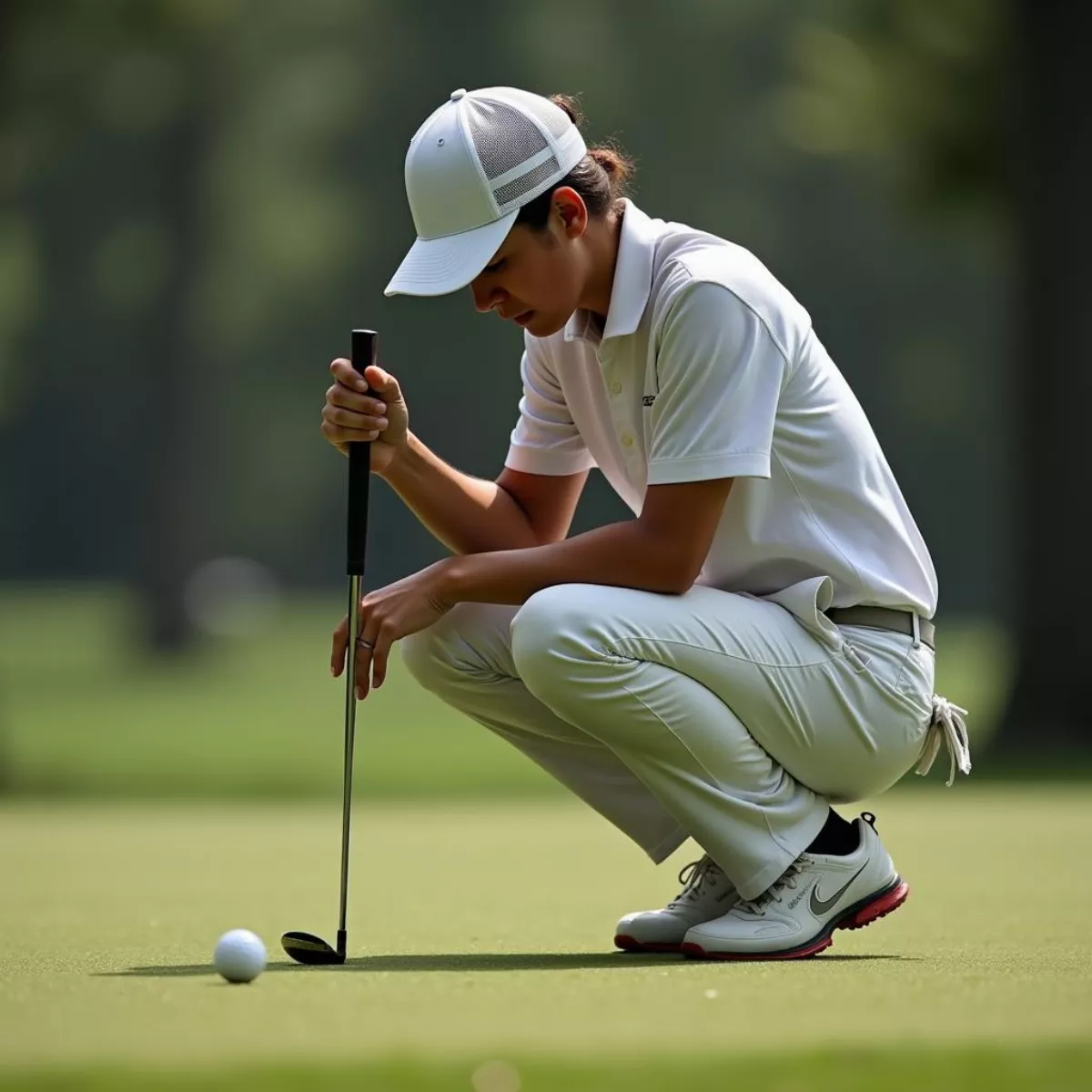 Golfer Lining Up Putt with Focused Concentration
Golfer Lining Up Putt with Focused Concentration